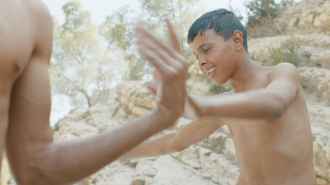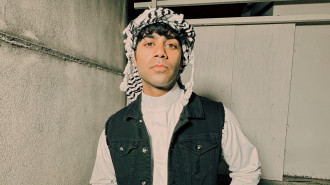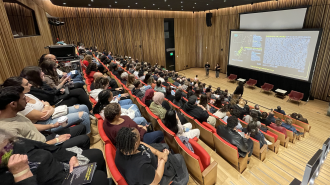
Was 1960s Beirut a 'golden era' or a manifesto for fragility?

Beirut and The Golden Sixties: A Manifesto of Fragility is now showing at Mathaf: Arab Museum of Modern Art in Doha, spanning from 1958 to the outbreak of the Lebanese Civil War in 1975.
Showing over 200 artworks and 300 archival documents from 36 international collections, the exhibition illuminates Beirut’s defining role in the then-nascent regional art scene, famed for its cosmopolitan values.
“We are thrilled to present [this] unique presentation of Beirut’s history,” Mathaf’s Director, Zeina Arida, told The New Arab. “The exhibition features artists who are part of Mathaf Collection, which adds eight works from its collection, and several archival documents that bring an additional understanding of the artists’ practices.”
"On one hand, we're moving forward, importing and exporting ideas, [but] there are a lot of struggles and ideologies. [The situation] gets tenser and tenser as we go through the show"
Originally conceived in 2019 by co-curators Bardaouil and Till Fellrath as a response to public demonstrations against government corruption and the emerging economic crisis, and further developed in the wake of the 2020 Beirut port explosion, the exhibition explores a time that many look back on fondly as Lebanon’s ‘Golden Era’, often in stark contrast to the multiple ongoing crises that now grip the country in the present day.
Through the works of Lebanese artists active at the time – including Etel Adnan, Huguette Caland, Paul Guiragossian and many others – the exhibition positions itself as an introspection into Beirut’s many socio-political struggles and contradictions, both past and present.
“This exhibition is the result of so many conversations, aspirations, concerns and anxieties,” said Bardaouil. “It's a big responsibility to talk about a place that is embroiled in so much torment [and] pain, where people have to wake up and contend with so many struggles just to survive, but also to think about the bigger picture: Where do we go? Who are we – as a nation; as a society; as individuals hoping for a better future?”
“We are very proud of the results,” he continued, “and specifically proud to be able to present it here – in Mathaf – in the context of an Arab museum of modern art that is looking at fixing the narrative [by] opening up the discourse on modernity, the contributions of the Arab world and Arab artists. Beirut [is] a centre of artistic production that is very important within this.”
Following the end of the First World War and the dissolution of the Ottoman Empire, Lebanon quickly established itself as a home for artists and intellectuals, as well as a major tourist destination and financial hub within the MENA region. This attracted significant wealth and investment, leading to a cultural and economic boom, along with the honorific of ‘The Paris of the Middle East’.
Despite this, however, sectarian tensions remained, with various religious and political factions frequently in dispute. This had a profound influence on the artists of the period. Many turned to using their work as a form of activism, highlighting serious socio-political issues which many – in their eagerness to romanticise Lebanon’s past – often omit from their nostalgic reverie.
“There are two lines that underpin the entire show,” explained Bardaouil. “One is a celebration; a recognition of all the artists [and the] amazing days that we all look back to in the 60s and 70s, and rightfully so. On the other hand, there's [the] question: If indeed the 60s and 70s were a golden age, how could we have ended up with the Civil War in 1975, the repercussions of which are still very much at the core of so many of the problems that we are facing today?”
“The contradiction is there from the beginning,” he continued. “On one hand, we're moving forward, importing and exporting ideas, [but] there are a lot of struggles and ideologies. [The situation] gets tenser and tenser as we go through the show.”
|
The exhibition showcase is divided into five thematic sections, each one reflecting a particular moment or movement in Lebanon’s so-called golden era as the country moves closer to the Civil War. The title of each section is taken from a relevant work, exhibited within, that embodies each theme.
The first section, Le Port de Beyrouth: The Place, explores ideas of belonging to a singular place using artists from different communities across the region.
“It felt – to us – very appropriate to start the exhibition with the port, given what happened in 2020 with that explosion, [but] the port has always been Beirut's face,” said Bardaouil. “The first part of the show deals with this notion of the place as a place of desire, freedom and beauty, but also as a place of issues that are not resolved; of inequalities, economic status and inaccessibility.”
"For many artists in Lebanon... the body is a vehicle to think about identity politics; movements of liberation and emancipation; oppression; sexuality; freedom; intimacy. It's a recurring theme that comes up in the work of so many artists because it was a vehicle for them to think about bigger issues"
The second, Takween (Composition): The Form, investigates links between artists’ political affiliations and their artistic style. To distinguish themselves from colonial, Eurocentric expression, artists began working with more traditionally Arabic forms, such as calligraphy and pre-Islamic art.
In the third, Monster and Child: The Politics, the works show Lebanese artists responding to events like the Palestinian Nakba, the War in Vietnam and the Algerian War.
The forth, Lovers: The Body, delves into the open, libertarian art scene in Beirut and its ability to challenge the more conservative values and viewpoints in Lebanon, and beyond in the wider MENA region, by embracing topics considered sensitive or taboo.
“For many artists in Lebanon,” explains Bardaouil, “the body is a vehicle to think about identity politics; movements of liberation and emancipation; oppression; sexuality; freedom; intimacy. It's a recurring theme that comes up in the work of so many artists because it was a vehicle for them to think about bigger issues.”
The final section, Blood of the Phoenix: The War, tackles the Lebanese Civil War and how the country’s artistic communities persevered through the conflict. It also examines the impact of the legacy of the war on Beirut’s modern cultural scene.
Many galleries were forced to close their doors as artists migrated to other countries. Those that remained were unable to work in the same mediums, resulting in simpler works created with limited resources, reflecting the melancholy and hopelessness of the situation they found themselves in.
The obvious parallels to Lebanon’s current crisis and the decimation of art spaces following the Beirut port explosion do not go unaddressed.
Newly commissioned multimedia works by Joana Hadjithomas and Khalil Joreige – comprising of an immersive video installation, showing live recordings of the blast inside and outside of Beirut’s Sursock Museum, and a sound piece based on poetry readings – attempt to confront the shock and grief caused by the tragic event.
“We were invited by Sam and Till to participate in the show before 2019,” recalled Hadjithomas. “They asked us how to do something contemporary; to reactivate something from the past, today. While we were still working, the blast happened and a third of Beirut was destroyed. Our studio and house were very close, so much of our artwork was destroyed. We were left thinking: What is a good response to that? How do we do an exhibition today in Beirut without talking about that? How do we produce artwork after such a tragedy?”
“We felt that we needed to take a moment in the show to give a testimony,” she explained. “[We're showing] works that were damaged by the blast, to talk about the fragility of artworks [and] of the institutional system that is totally destroyed, and to see how we can continue after that.”
Beirut and The Golden Sixties: A Manifesto of Fragility will be on display at Mathaf until August 5, 2023.
Robert McKelvey is a British freelance journalist and culture writer based in Lebanon.
Follow him on Twitter: @RCMcKelvey
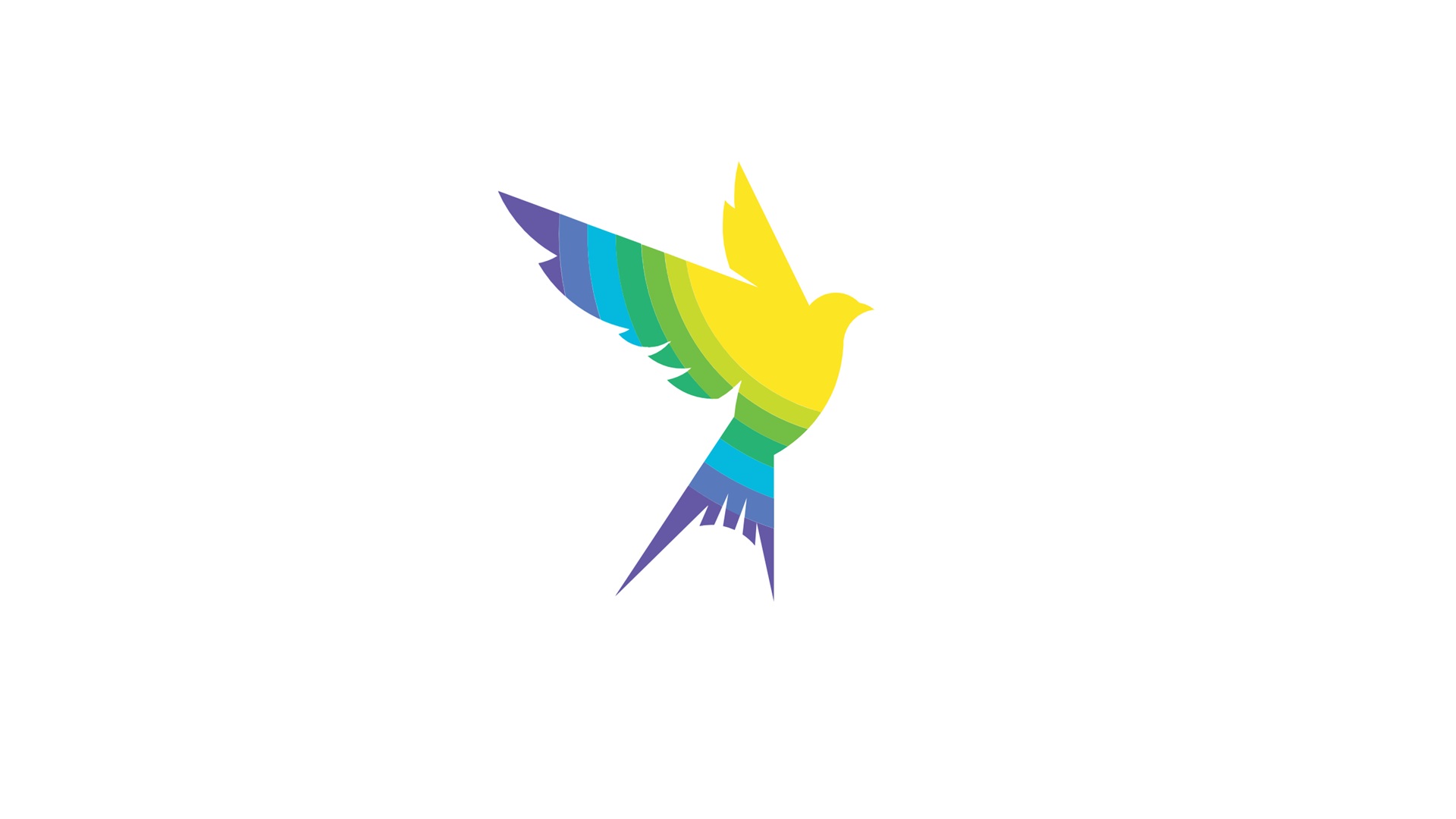
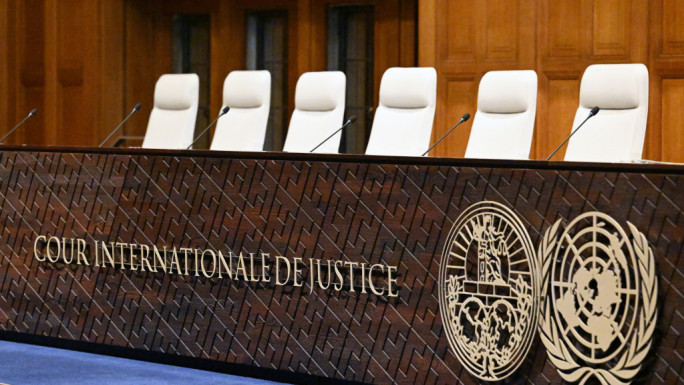
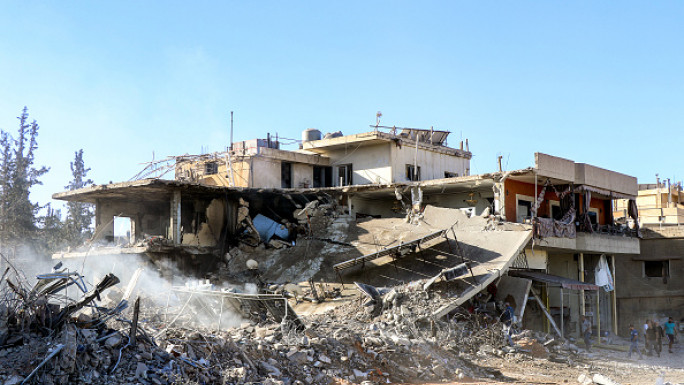
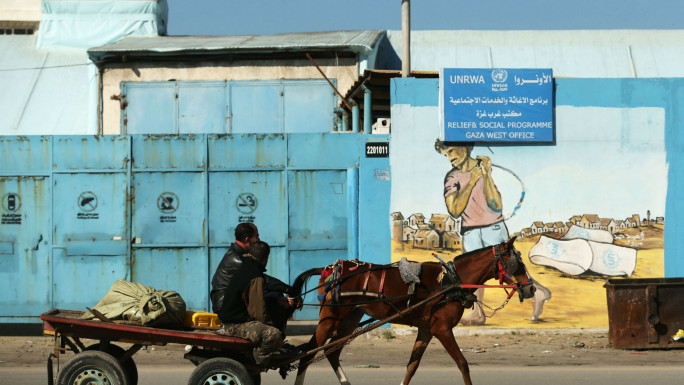

 Follow the Middle East's top stories in English at The New Arab on Google News
Follow the Middle East's top stories in English at The New Arab on Google News
